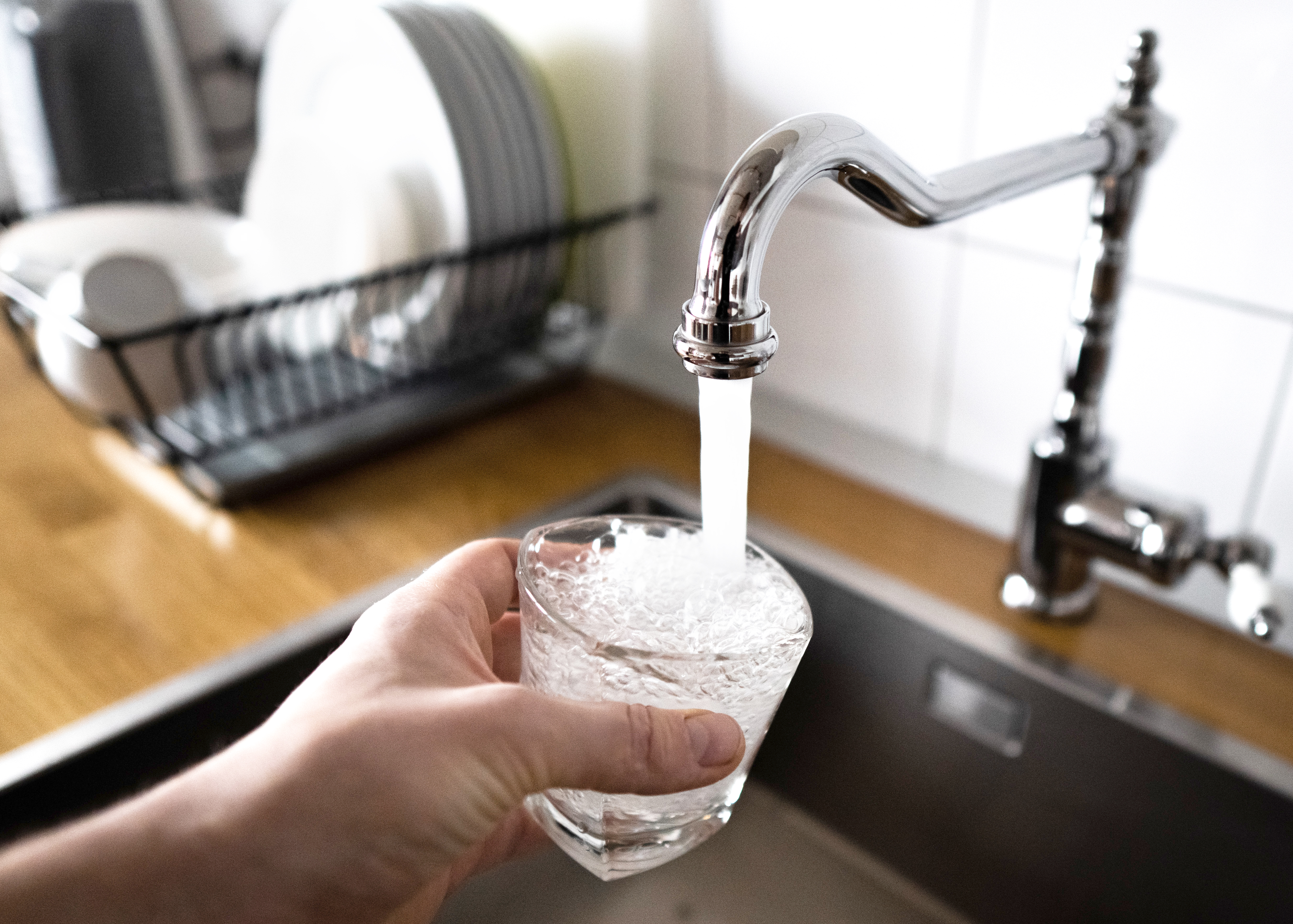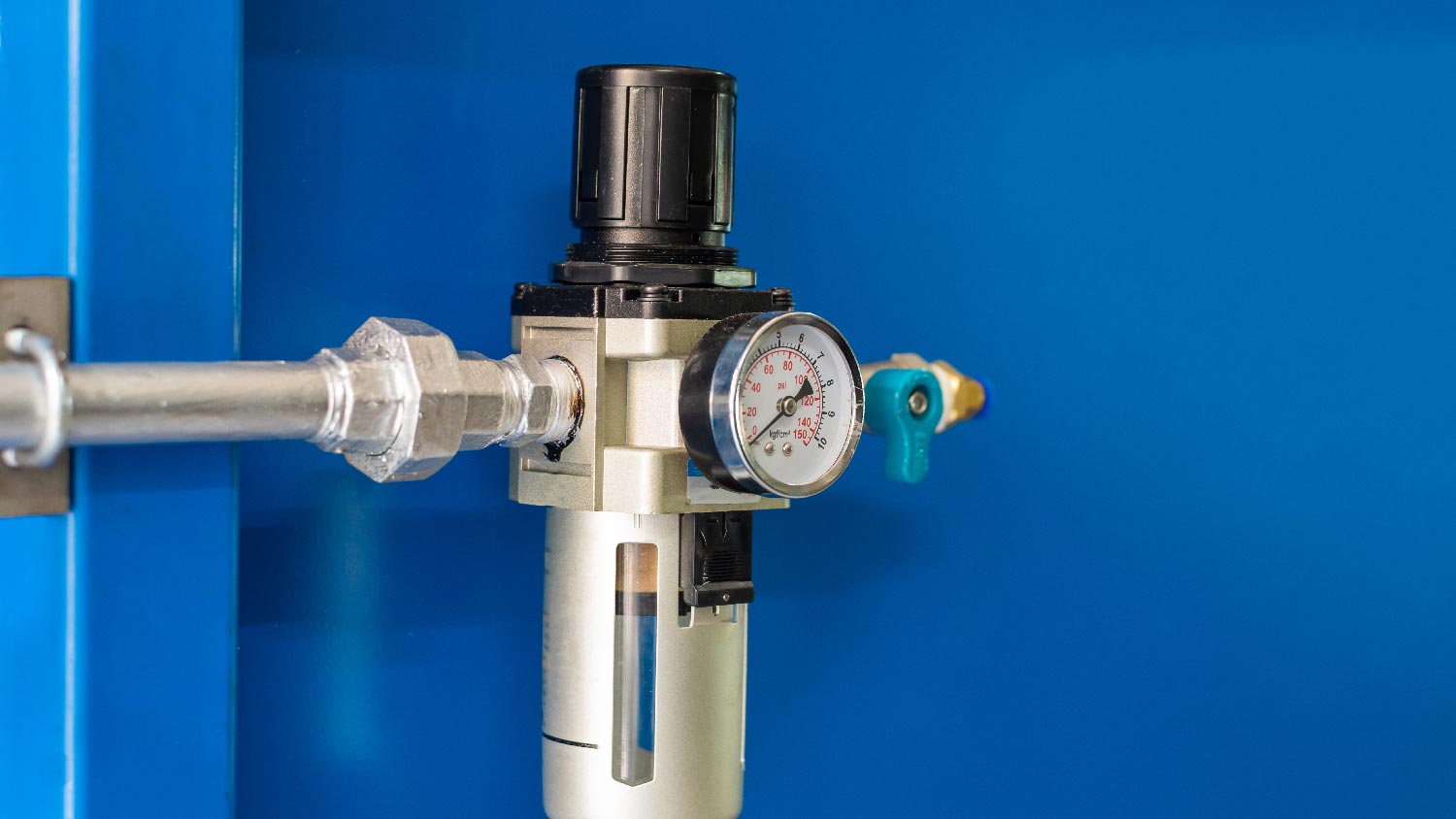
Learn how much plumbers cost in Columbus, Ohio. Discover pricing for faucet repairs, pipe work, and emergency services, plus how you can save money.
Here are the six steps to get your toilet back in tip-top shape


Plunging a toilet comes with an undeniable ick factor. But luckily, there’s a correct way to do it that will make it faster and more effective so you can put the plunger away, stat. Without further adieu, here’s how to plunge a toilet.

There are different types of plungers, so make sure you have the right one. A sink plunger is good for low-level clogs in drains. It features a rubber cup and a flat bottom. Reserve this type for sinks and tubs since it fits tight over a flat sink or tub basin.
A toilet plunger (also known as a flange plunger) features an extended flange and is best for—you guessed it—plunging a toilet. The cup on a flange plunger is taller than a sink plunger, with a sleeve extension called a flange. The flange ensures that the plunger will have a tight seal around the drain hole, giving it more suction power. The flange on a toilet plunger folds up and can work on your sinks and tubs, too.
To minimize cleanup after plunging a toilet, stack rags or paper towels near the base of the toilet bowl to catch any water that might splash out during the process.
To prepare for a full plunge, you must first empty about half of the water from the bowl. We recommend using gloves and getting rid of half the excess water with a bucket or container you don’t mind throwing away. Empty the water into another toilet or wait until the clog is cleared to flush it down. If you are working with an empty bowl, fill the bowl about halfway with water.
You can plunge to your heart's desire, but if there's a loose seal, then you won't get rid of the clog. Adding a layer of petroleum jelly to the rim of the plunger flange is an easy and inexpensive way to make it more efficient.
Plunging the toilet involves interrupting the water flow to and from it. You should plug up any other drains in your bathroom to make using a plunger more effective.
When plunging the toilet, make sure you insert it so that the flange goes into the drain hole. While holding the plunger with one hand, make sure the rubber lip sits around that drain opening.
Plunge by holding the handle pointing toward you. Some people feel more comfortable having the plunger at an angle. Don’t bend the handle too much or you won’t get enough suction to seal the drain. Ensure you properly plug the drain by keeping the handle perpendicular to the drain hole so no air gets trapped and you have more plunging force.
Grip your plunger's handle. Then, take the plunger, place it securely over the drain opening, and push up and down forcefully for about 10 to 20 seconds. You're creating firm compression and suction to loosen the clog. The force of the water and air in the toilet should be enough to clear it up.
Keep downward pressure on the plunger at all times while plunging, even when letting up a bit on the upstroke. If you let off the pressure completely, it will break the seal around the cup.
Water might splash, which is why it's important not to plunge right after you've poured in a cleaning or clog-removing solution. If it splashes out onto your skin or clothes, it could harm you.
If you plunge your toilet for at least thirty seconds and the clog persists, readjust. If you have a tight seal, but you still aren't successful, it’s time to find a professional plumber to finish the job. They'll use a snake–a flexible auger used to clear clogged pipes.
It's best to use an auger explicitly designed for toilets to avoid scratches and damage to the finish. Unless you have a plumber's tools, use it as an excuse to leave this unpleasant task to someone else.
Let’s face it: Plunging a toilet isn’t a fun task, but it’s required to keep your bathroom plumbing running smoothly. In most cases, you can successfully plunge a toilet using the steps listed above (and you can unclog a toilet even if you don’t have a plunger). However, if you have a tricky clog or don’t feel comfortable tackling the task on your own, hire a plumber near you to take over. If the clog reaches dire or dangerous levels, contact an emergency plumbing service for help.
From average costs to expert advice, get all the answers you need to get your job done.

Learn how much plumbers cost in Columbus, Ohio. Discover pricing for faucet repairs, pipe work, and emergency services, plus how you can save money.

Learn about main water line repair costs in Columbus and what affects pricing to be prepared before you start getting estimates.

Discover the leading factors affecting your main water line replacement cost in Columbus, including length, material selection, and installation details.

Slow drains and foul smells are telltale signs of a clogged plumbing vent. Find out how to unclog a plumbing vent without getting on the roof in this guide.

Find out the average water pressure regulator replacement cost, key price factors, and tips to save on your project. Get transparent, expert-backed cost info.

Need to create a residential plumbing design layout but don’t know where to start? Learn essential plumbing components to create the perfect layout for your home.